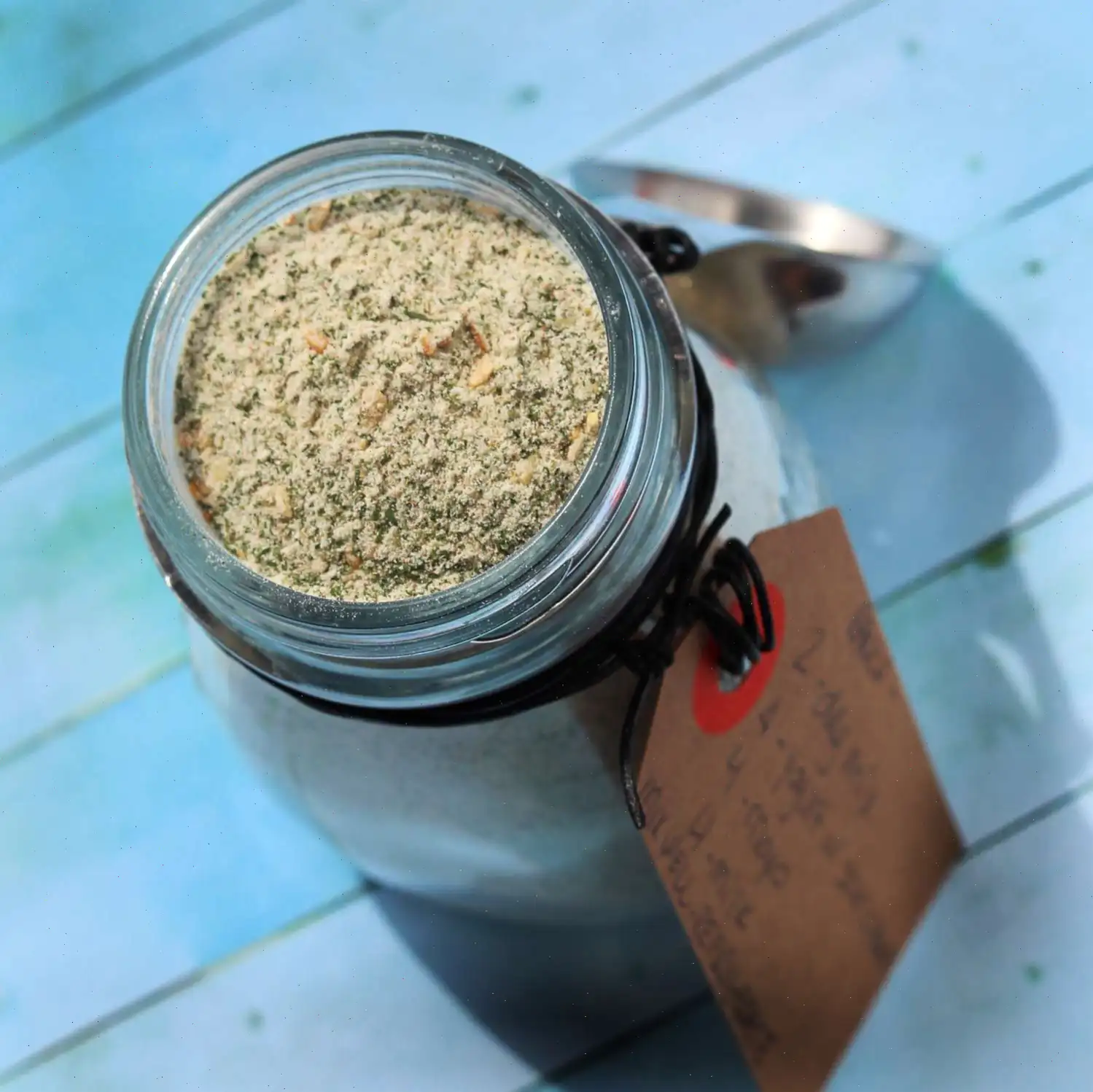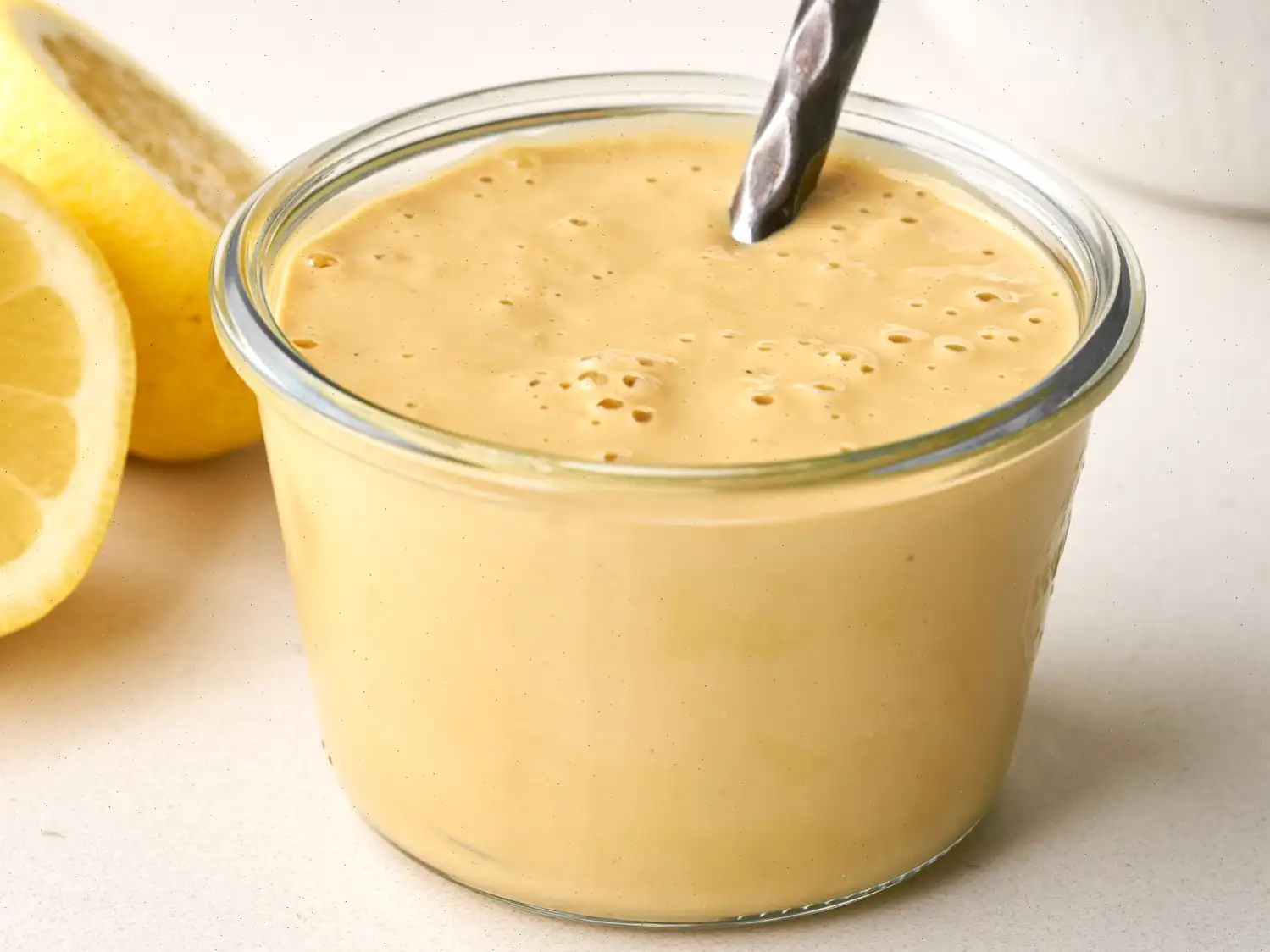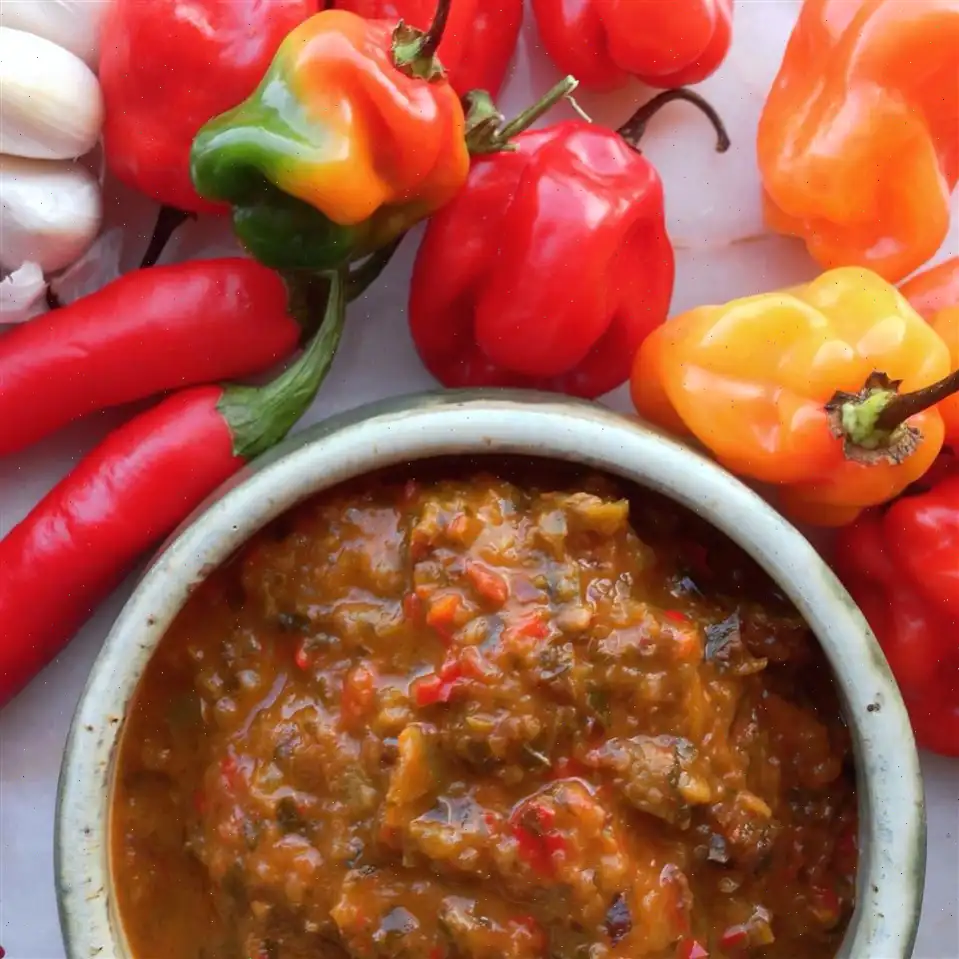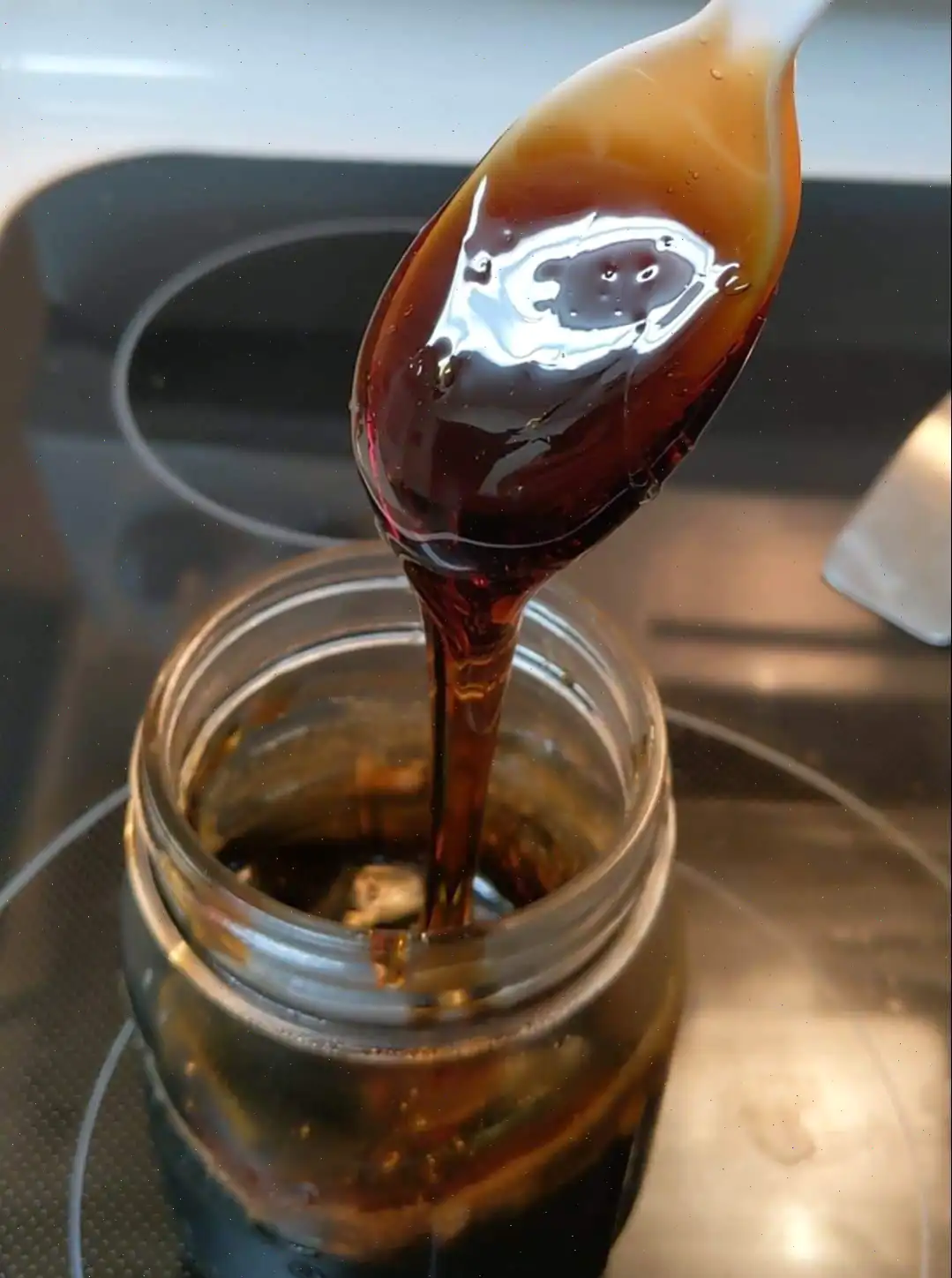
Homemade Protein Powder Recipe
Ingredients
This recipe was developed at its original yield. Ingredient amounts are automatically adjusted, but cooking times and steps remain unchanged. Note that not all recipes scale perfectly.
- 1 1/2 cups unflavored collagen peptides
- 2 cups nonfat dry powdered milk
- 1 cup peanut butter powder
- 1/4 cup black onyx cocoa powder
- 1 teaspoon monk fruit sweetener (or to taste)
Directions
Step 1: Measure out all ingredients.
Step 2: Place all ingredients into a food processor or high-powered blender.
Step 3: Pulse to combine thoroughly.
Step 4: If desired, sift the mixture before storing it in an airtight .
To Serve:
Step 1: Add 1/3 cup of the prepared mixture into a blender bottle.
Step 2: Combine with 8 to 12 ounces of cold water or milk.
Step 3: Shake well to mix.
Cooks Note
To increase the protein content, consider using high-protein milk, such as Fa!rlife.
Nutrition Facts (per serving)
Calories: 160
Serving Size: 1 serving
| Nutrient | Amount | % Daily Value* |
|---|---|---|
| Total Fat | 2g | 2% |
| Saturated Fat | 0g | 2% |
| Cholesterol | 4mg | 1% |
| Sodium | 129mg | 6% |
| Total Carbohydrate | 12g | 4% |
| Dietary Fiber | 1g | 4% |
| Total Sugars | 9g | - |
| Protein | 25g | 51% |
| Vitamin C | 8mg | 9% |
| Calcium | 213mg | 16% |
| Iron | 1mg | 6% |
| Potassium | 321mg | 7% |
*Percent Daily Values are based on a 2,000 calorie diet. Your daily values may be higher or lower depending on your calorie needs.
The Story Behind Homemade Protein Powder
Homemade protein powder, as a concept, emerged from the growing fitness and health-conscious movements of the late 20th century. While commercial protein powders have existed since the 1950s, the DIY approach gained popularity in the 2000s, as people sought cleaner ingredients, more control over nutritional content, and cost-effective alternatives. The rise of online fitness communities and wellness blogs further accelerated interest, making homemade protein powder a staple for athletes, health enthusiasts, and anyone seeking a customizable nutrition boost.
Regional Variations and Adaptations
While this recipe has American roots, variations exist worldwide. In Europe, particularly in Scandinavian countries, whey-based powders are often combined with oat flour or nut flours, reflecting local agricultural products. In Asia, rice protein or soy protein powders are more common, sometimes enhanced with traditional ingredients like matcha or black sesame. Even within the United States, regional preferences influence flavor profilessouthern versions may incorporate peanut butter powders, while west coast recipes might emphasize plant-based proteins like almond or pea powders.
Distinguishing Features Compared to Similar Products
Unlike commercial protein powders, which often contain artificial flavors, preservatives, and sweeteners, homemade protein powders are fully customizable. Users can choose the type of protein base, flavoring agents, and sweeteners, ensuring cleaner ingredients. This particular recipe combines collagen peptides, nonfat powdered milk, peanut butter powder, and cocoa for a balanced flavor and nutrient profile, making it unique in both taste and texture. Its mild sweetness and smooth consistency set it apart from grainier or overly sweet commercial blends.
Common Serving Contexts
Homemade protein powder is typically used in smoothies, shakes, or mixed into oatmeal or yogurt. It is popular among gym-goers as a post-workout recovery drink, among busy professionals as a quick meal supplement, and even among home bakers who incorporate it into cookies, pancakes, or energy bars. Some cafs and health-focused restaurants also offer DIY protein shake stations where customers can mix their own combinations using homemade or small-batch powders.
Interesting Facts and Tips
- Collagen peptides in protein powder not only provide protein but may also support skin, joint, and hair health.
- Using powdered milk as a base allows for a creamy texture without adding liquid until serving.
- Customizing sweeteners, like monk fruit, ensures the powder can remain low-calorie while still tasting enjoyable.
- Homemade protein powders can be stored in airtight containers for several weeks, making batch preparation convenient.
- Some enthusiasts experiment with additional superfoods, such as chia seeds, flaxseed, or spirulina, to further boost nutrient content.
FAQ about Homemade Protein Powder Recipe
Comments
Jacob Green
03/29/2024 08:08:41 PM
I am really pleased with this DIY protein shake powder. As I am getting older, I appreciate that it contains collagen peptides. I decided to customize the recipe a little by substituting almond powder for peanut butter powder and using Carnation malted milk powder instead of nonfat dry powdered milk. Surprisingly, I didn't need to add any sweeteners as it already tasted fantastic. The flavor resembles Whopper's malted milk balls, but with a less intense sweetness.








